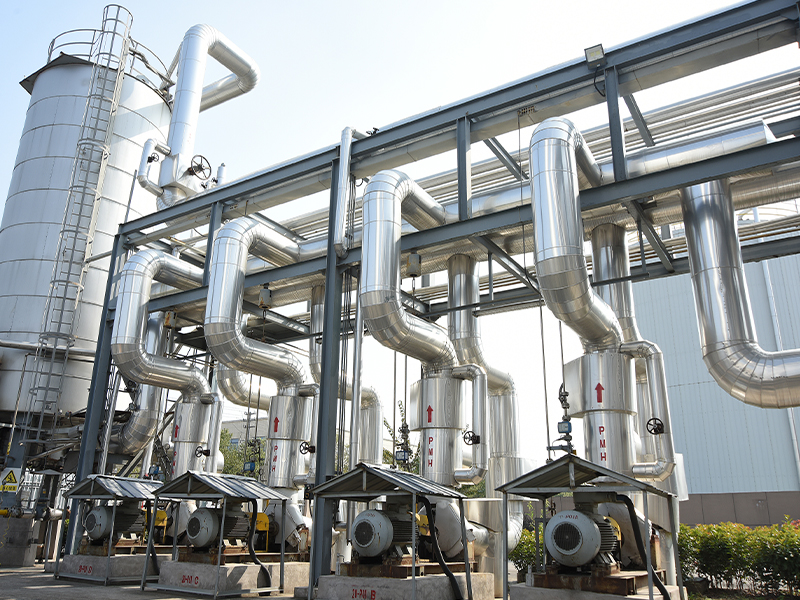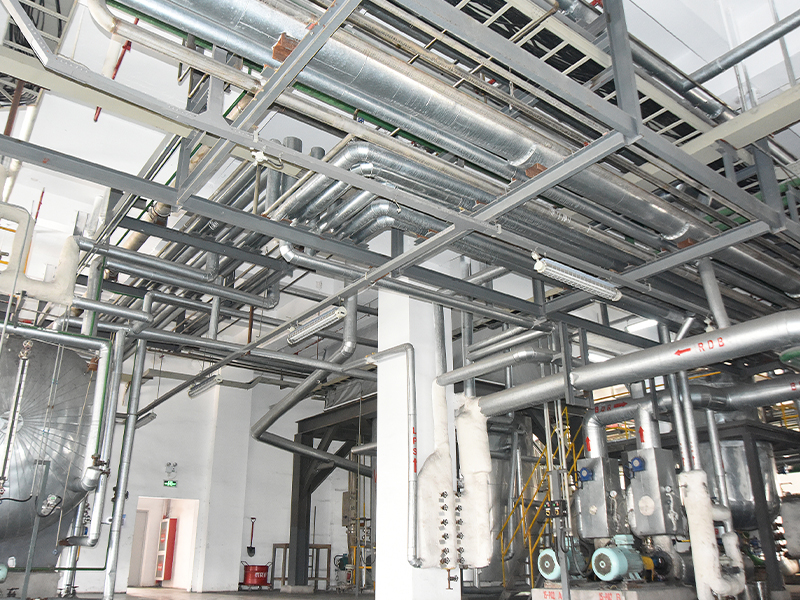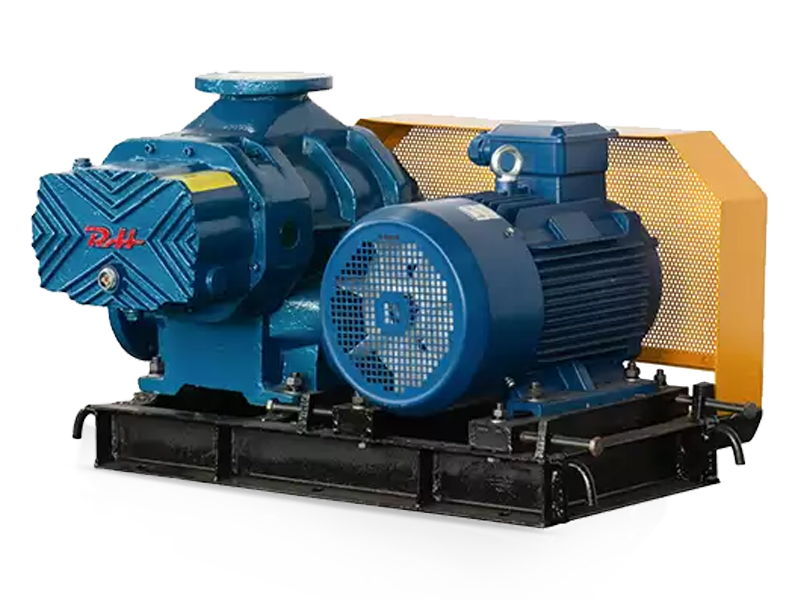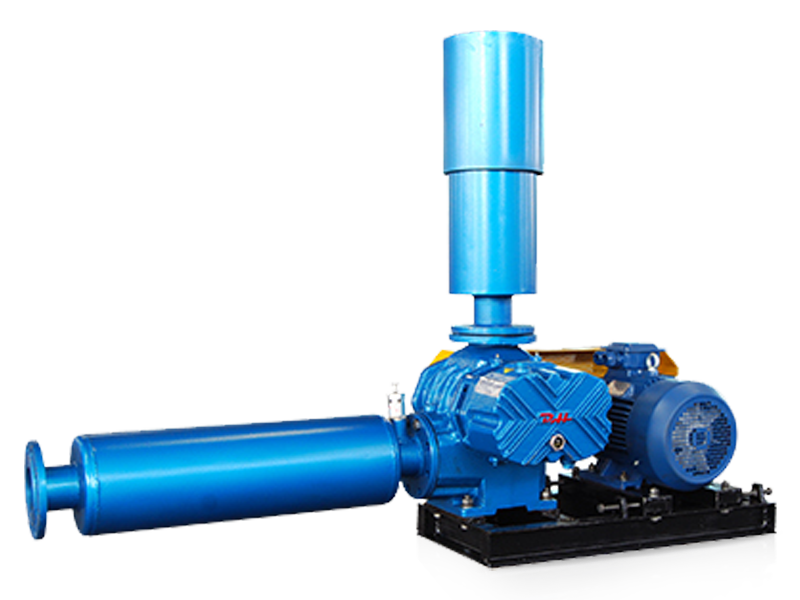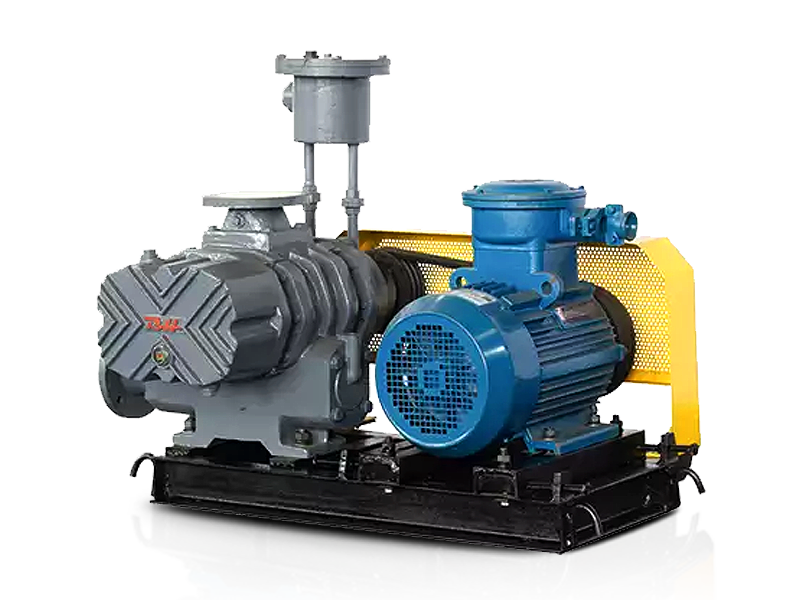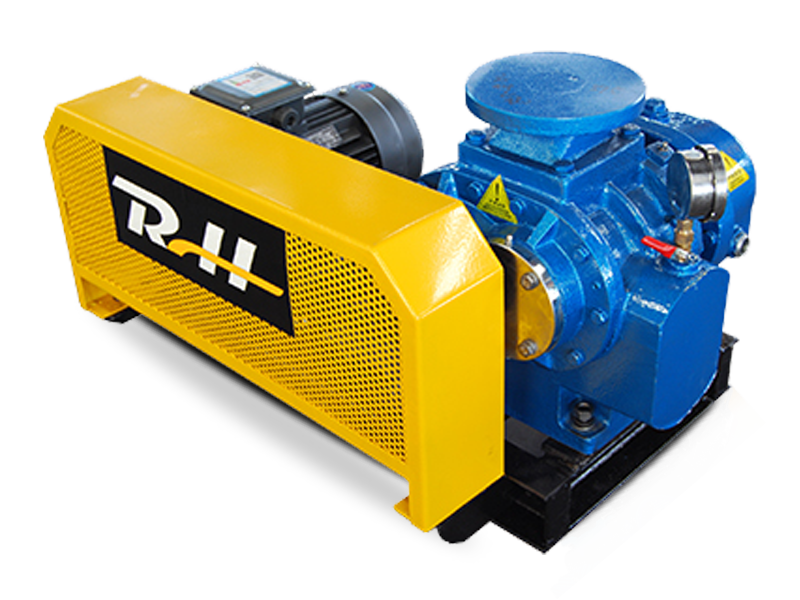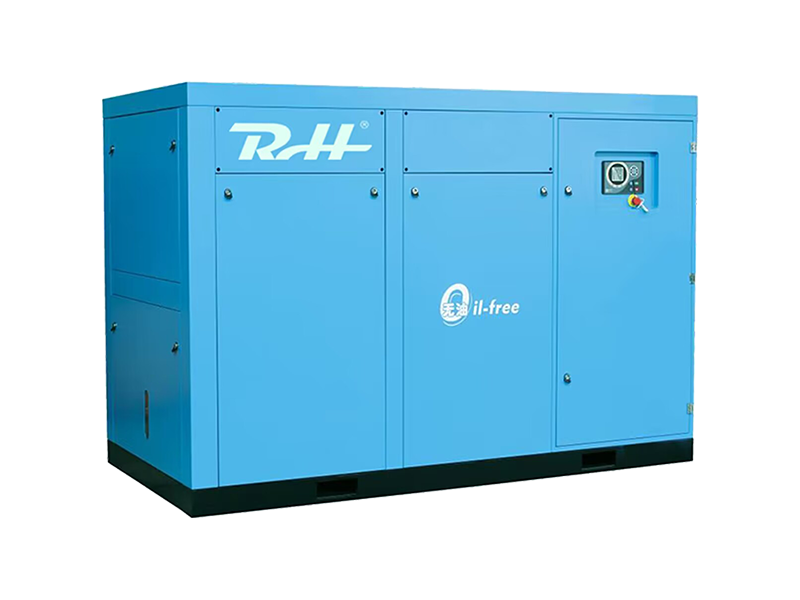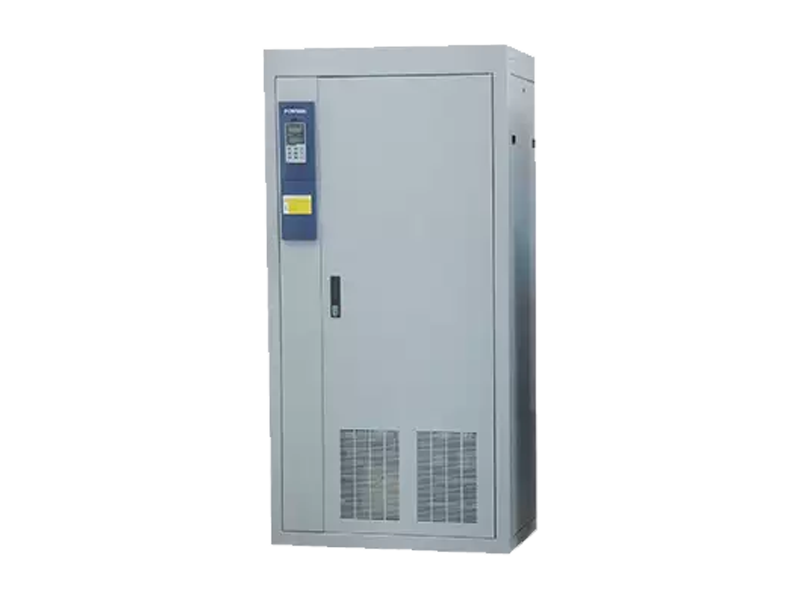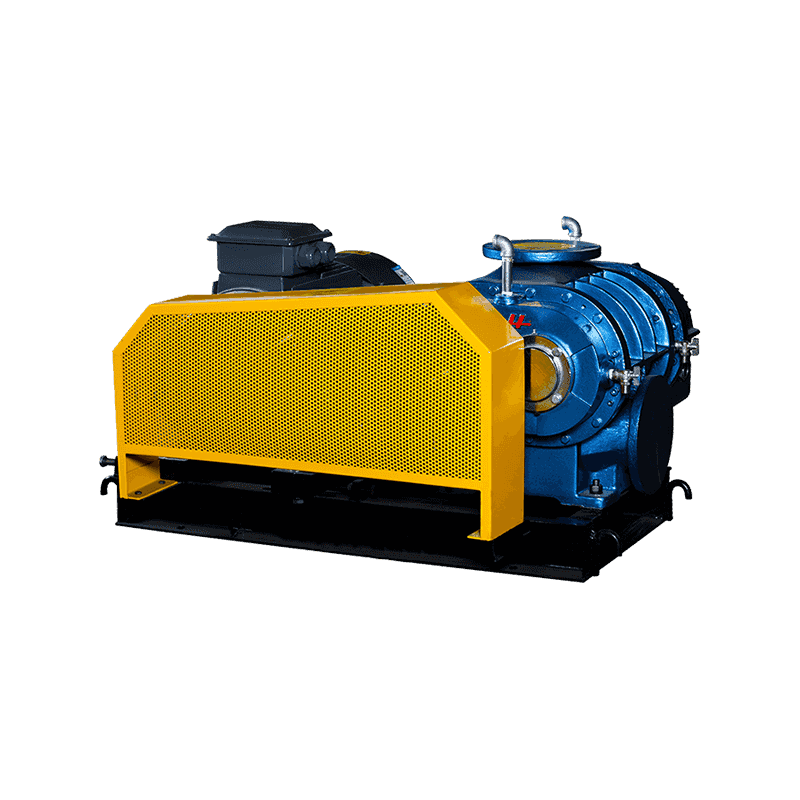Roots blowers are positive displacement machines widely used in various industrial applications for moving air and gases. This comprehensive guide covers everything from basic working principles to advanced maintenance techniques for these robust machines.
What is a Roots Blower?
A Roots blower, also known as a roots-type supercharger or rotary lobe pump, is a mechanical device that moves fluid by using two meshing lobes rotating in opposite directions within a casing. Unlike centrifugal blowers, Roots blowers provide constant airflow regardless of pressure variations, making them ideal for many industrial processes.
Roots Blower Working Principle
The fundamental operation of a Roots blower can be explained in these steps:
- Two identical rotors (lobes) rotate in opposite directions within a precisely machined housing
- As the rotors turn, air is trapped in the pockets between the rotors and the housing
- The trapped air is carried from the intake side to the discharge side
- No internal compression occurs - compression happens only when the air is forced out against system pressure
- The meshing rotors prevent backflow, maintaining consistent airflow
Key characteristic: Roots blowers are constant volume machines - they move the same volume of air per revolution regardless of discharge pressure (within design limits).
Types of Roots Blower Configurations
| Configuration | Description | Typical Applications |
| Two-lobe design | Basic design with two rotors having two lobes each | General purpose applications, moderate pressure needs |
| Three-lobe design | Rotors with three lobes each, provides smoother flow | Applications requiring reduced pulsation |
| Twisted lobe design | Helical twist along rotor length for quieter operation | Noise-sensitive environments |
| Bi-lobe tri-lobe combination | One rotor with two lobes, mating rotor with three lobes | Special applications requiring unique flow characteristics |
Roots Blower Performance Characteristics
Understanding the performance curves is essential for proper selection and operation:
| Parameter | Characteristics | Considerations |
| Flow rate | Nearly constant across pressure range | Directly proportional to speed |
| Pressure capability | Typically up to 1 bar (14.5 psi) | Higher pressures possible with multiple stages |
| Efficiency | Peak efficiency in narrow range | Significant drops at off-design conditions |
| Pulsation | Inherent due to lobe action | Can be mitigated with silencers or multi-lobe designs |
Industrial Applications of Roots Blowers
Roots blowers serve numerous industries due to their reliability and simple design:
Wastewater Treatment Plants
- Aeration tanks for biological treatment
- Filter backwashing
- Sludge digestion
Pneumatic Conveying Systems
- Powder transfer in food processing
- Plastic pellet conveying
- Cement and fly ash handling
Industrial Processes
- Combustion air supply
- Flue gas recirculation
- Fermentation processes
- Vacuum systems
Roots Blower Selection Guide
Choosing the right Roots blower requires careful consideration of several factors:
| Factor | Considerations |
| Required flow rate | Calculate based on process needs in m³/min or CFM |
| Operating pressure | Include all system losses and elevation effects |
| Gas composition | Consider moisture, particulates, corrosives, temperature |
| Duty cycle | Continuous vs intermittent operation affects sizing |
| Altitude | Higher altitudes require capacity derating |
| Noise limitations | May require silencers or special housing |
Important: Always consult with an engineer when selecting a Roots blower for specialized applications or when handling hazardous gases.
Installation Guidelines for Roots Blowers
Proper installation ensures optimal performance and longevity:
Foundation Requirements
- Rigid, level foundation capable of supporting dynamic loads
- Isolation pads or springs for vibration-sensitive areas
- Proper anchor bolt sizing and placement
Piping Connections
- Use flexible connectors to isolate vibration
- Install isolation valves for maintenance
- Ensure proper pipe sizing to minimize pressure drop
Electrical Connections
- Proper motor sizing with service factor considered
- Correct voltage and phase matching
- Overload protection devices
Roots Blower Maintenance Procedures
Regular maintenance prevents unexpected downtime and extends service life:
Daily Checks
- Monitor unusual noises or vibrations
- Check oil levels in gear/bearing housings
- Inspect for leaks
- Monitor operating temperatures
Monthly Maintenance
- Inspect and clean air filters
- Check belt tension (if belt-driven)
- Inspect coupling alignment
- Verify proper lubrication
Annual Maintenance
- Complete oil change in gear/bearing housings
- Inspect rotors and clearances
- Check all fasteners for proper torque
- Perform vibration analysis
Troubleshooting Common Roots Blower Problems
| Symptom | Possible Causes | Corrective Actions |
| Excessive vibration | Misalignment, worn bearings, unbalanced rotors, loose mounting | Check alignment, inspect bearings, verify foundation bolts |
| Overheating | Overpressure operation, inadequate cooling, excessive speed | Verify system pressure, check cooling system, confirm RPM within rating |
| Reduced flow | Clogged filters, leaking piping, worn rotors, speed reduction | Inspect/clean filters, check for leaks, measure rotor clearances |
| Oil leaks | Worn seals, overfilled housing, clogged breather | Replace seals, verify proper oil level, clean breather |
| Excessive noise | Improper meshing, bearing wear, pulsation issues | Check rotor timing, inspect bearings, consider pulsation dampener |
Energy Efficiency Tips for Roots Blowers
Implement these practices to reduce operating costs:
- Proper sizing: Avoid oversizing which leads to inefficient operation
- Variable speed drives: Consider VFDs for applications with varying flow needs
- System optimization: Minimize pressure drops through proper piping design
- Preventive maintenance: Keep equipment in peak condition to maintain efficiency
- Heat recovery: Utilize waste heat from the blower for other processes when possible
Roots Blower vs. Other Air Moving Technologies
| Feature | Roots Blower | Centrifugal Blower | Screw Compressor |
| Flow characteristic | Constant volume | Variable with pressure | Constant with slight variation |
| Pressure capability | Medium (up to 1 bar) | Low to medium | High (up to 10 bar) |
| Efficiency at part load | Poor | Good with controls | Good |
| Pulsation | High | Low | Medium |
| Maintenance requirements | Moderate | Low | High |
Safety Considerations for Roots Blower Operation
Always follow these safety guidelines:
- Never operate beyond maximum rated pressure or temperature
- Install proper pressure relief devices in the system
- Follow lockout/tagout procedures during maintenance
- Use appropriate PPE when handling hot components or lubricants
- Ensure proper guarding of rotating components
- Provide adequate ventilation when handling hazardous gases
Future Trends in Roots Blower Technology
Emerging developments in the field include:
- Advanced materials: Composite rotors and coatings for reduced weight and improved durability
- Smart monitoring: IoT-enabled sensors for predictive maintenance
- Improved designs: Computational fluid dynamics optimizing lobe profiles
- Energy recovery: Integrated systems capturing and reusing waste energy
- Noise reduction: Innovative housing designs for quieter operation
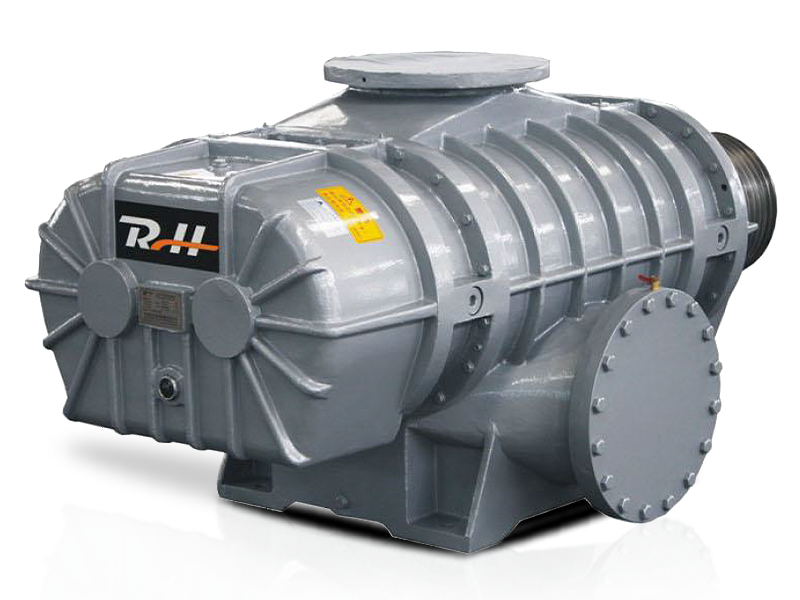
Frequently Asked Questions About Roots Blowers
What is the typical lifespan of a Roots blower?
With proper maintenance, a Roots blower can last 15-20 years in continuous operation. Critical factors affecting lifespan include operating conditions, maintenance practices, and proper sizing.
Can Roots blowers handle wet gases?
While Roots blowers can handle some moisture, excessive liquid can cause damage. Special designs with corrosion-resistant materials and drainage provisions are available for wet applications.
How often should oil be changed in a Roots blower?
Most manufacturers recommend oil changes every 2,000-4,000 operating hours, but this varies based on operating conditions. Always follow the specific manufacturer's guidelines.
What causes the characteristic "whine" in Roots blowers?
The distinctive sound comes from air pulsations as the lobes mesh and discharge air. Three-lobe designs and helical twists reduce this noise compared to traditional two-lobe configurations.
Can Roots blowers create vacuum?
Yes, Roots blowers are commonly used as vacuum pumps, typically achieving vacuum levels up to 0.5 bar (50 kPa) in single-stage designs and higher with multiple stages.
Final recommendation: When implementing a Roots blower system, always work with qualified engineers to ensure proper selection, installation, and maintenance procedures specific to your application.


 русский
русский Español
Español عربى
عربى